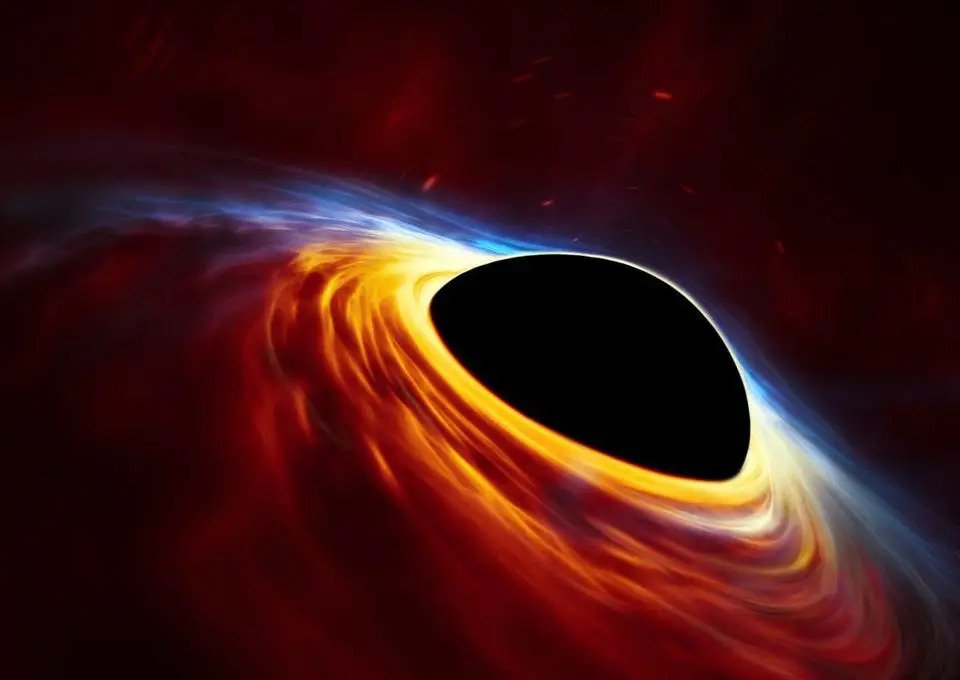Black holes are among the most fascinating and mysterious objects in the universe. They are formed from the remnants of massive stars that have exhausted all their fuel and collapsed under their own gravity. The process of how a black hole is formed is complex and fascinating, and it involves some of the most fundamental principles of physics.
Gravity is the key to understanding how a black hole is formed. Gravity is the force that attracts objects with mass towards each other. The more massive an object is, the stronger its gravity. In the case of a black hole, the gravitational force is so strong that it becomes impossible for anything, including light, to escape its pull.
To understand how a black hole is formed,
we must first understand the life cycle of a star. A star is born when a cloud of gas and dust collapses under its own gravity. As the cloud collapses, it heats up and starts to glow. This process is known as nuclear fusion, and it is the process that powers the star.
Stars come in a range of sizes, from small ones like our sun to massive ones that can be dozens or even hundreds of times more massive. The more massive a star is, the faster it burns through its fuel. When a star like our sun exhausts all its fuel, it will become a white dwarf, which is a small, dense star that slowly cools over billions of years.
However, for more massive stars, the end is much more dramatic.
When a massive star exhausts all its fuel, it will undergo a catastrophic collapse, known as a supernova. During a supernova, the star’s core collapses under its own gravity, and the outer layers of the star are ejected into space.

The core of the star is compressed to a point where its gravity becomes so strong that nothing can escape it. This is the birth of a black hole. The point of no return is known as the event horizon, and it is the point beyond which nothing can escape the black hole’s gravitational pull.
The process of how a black hole is formed
is governed by some of the most fundamental principles of physics. In particular, it is governed by Einstein’s theory of general relativity, which describes how gravity works in the universe. According to general relativity, massive objects warp the fabric of space-time around them, and this warping causes other objects to move towards them.
The formation of a black hole is a fascinating process that is governed by the laws of physics. It is a process that occurs at the end of the life cycle of a massive star, and it involves the collapse of the star’s core under its own gravity. The result is a singularity, a point of infinite density and gravity, surrounded by an event horizon, which marks the boundary beyond which nothing can escape. Black holes are some of the most mysterious and fascinating objects in the universe, and they continue to inspire scientists and astronomers to study them further.
READ MORE: Never-Before-Seen Eruption Sees Black Hole Burp Material Years After It Ate Star





